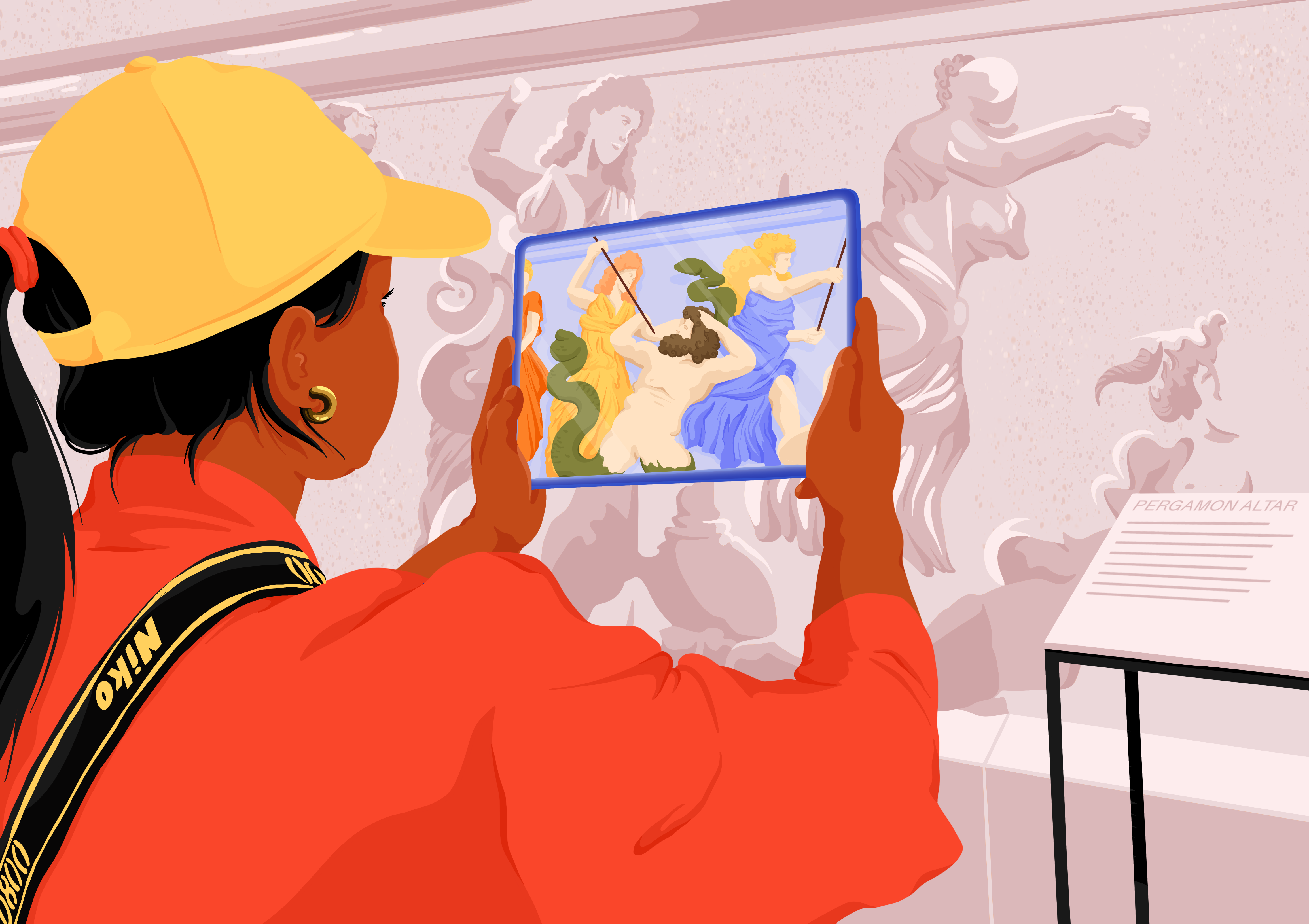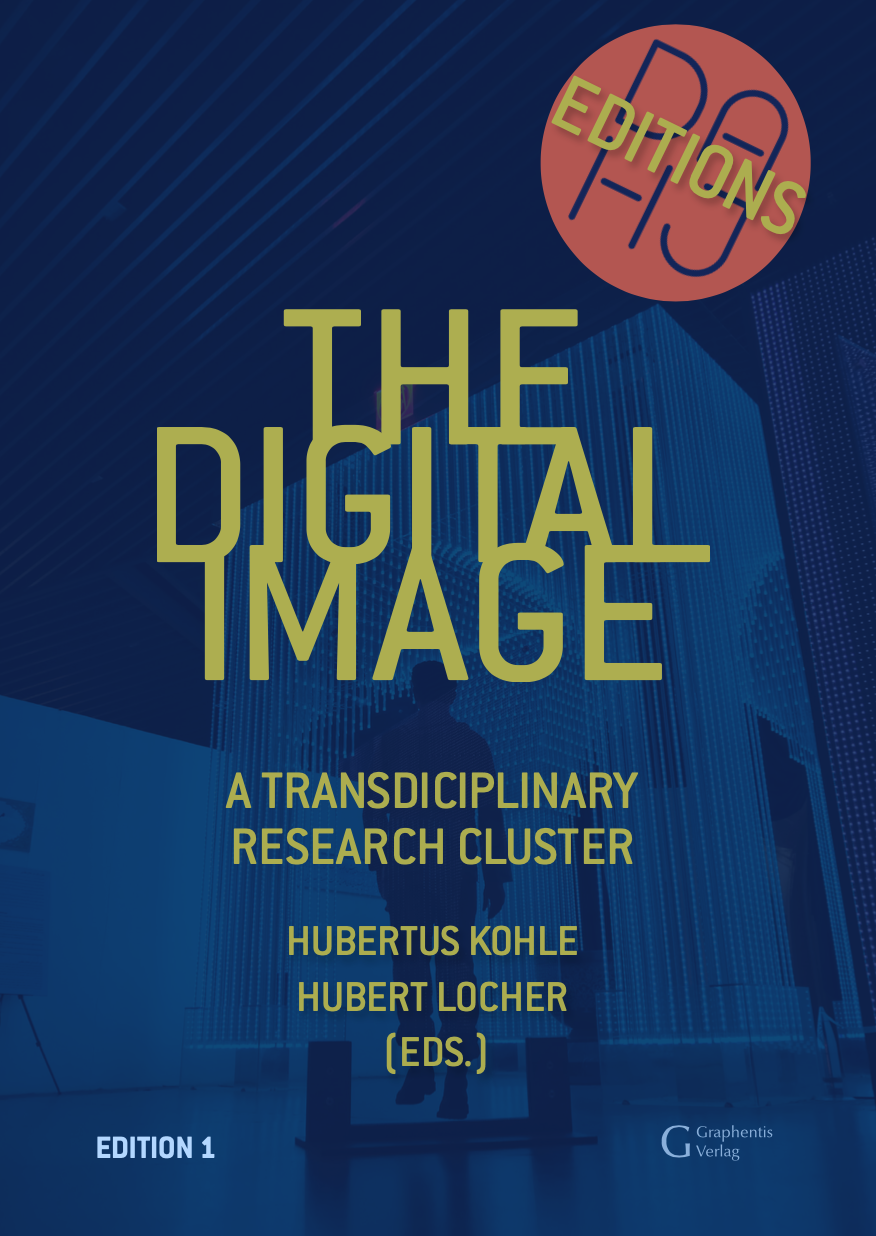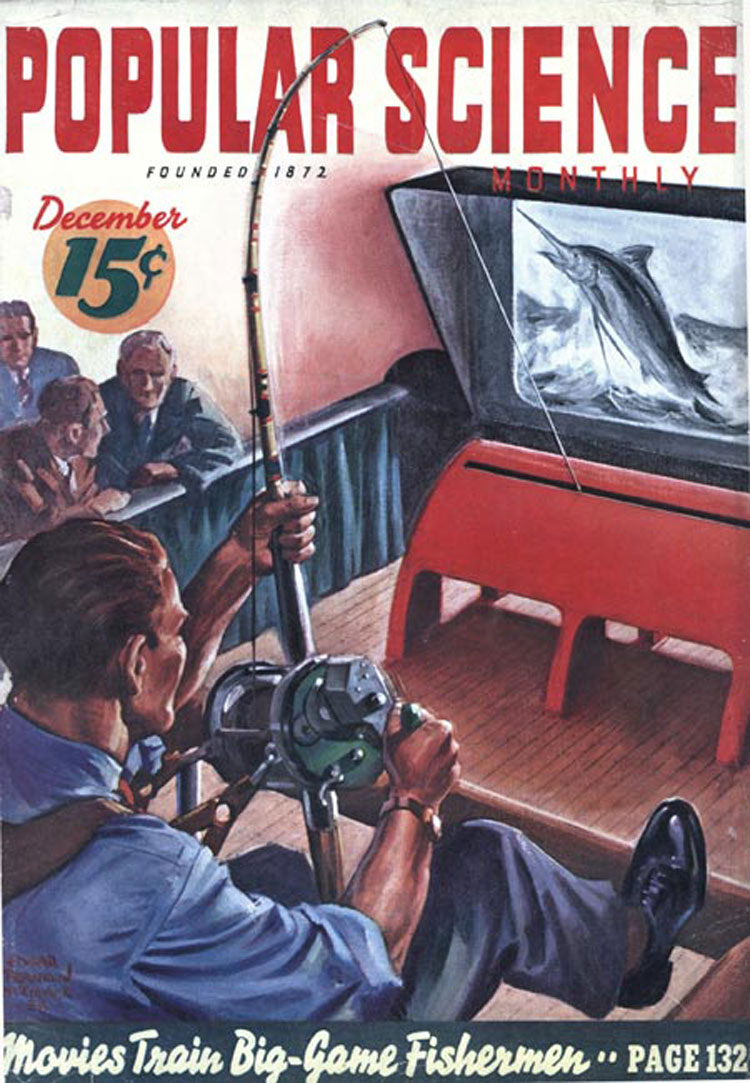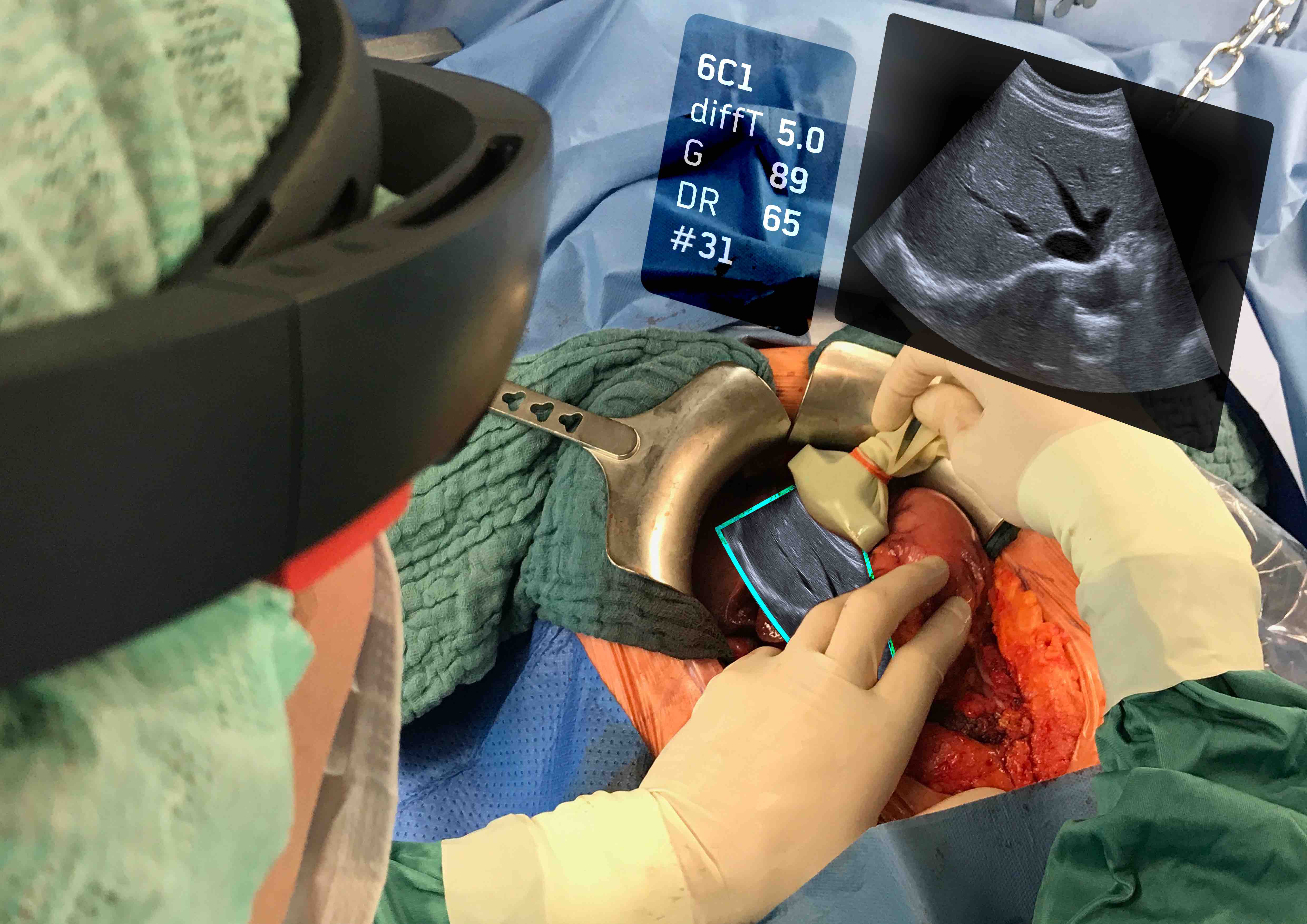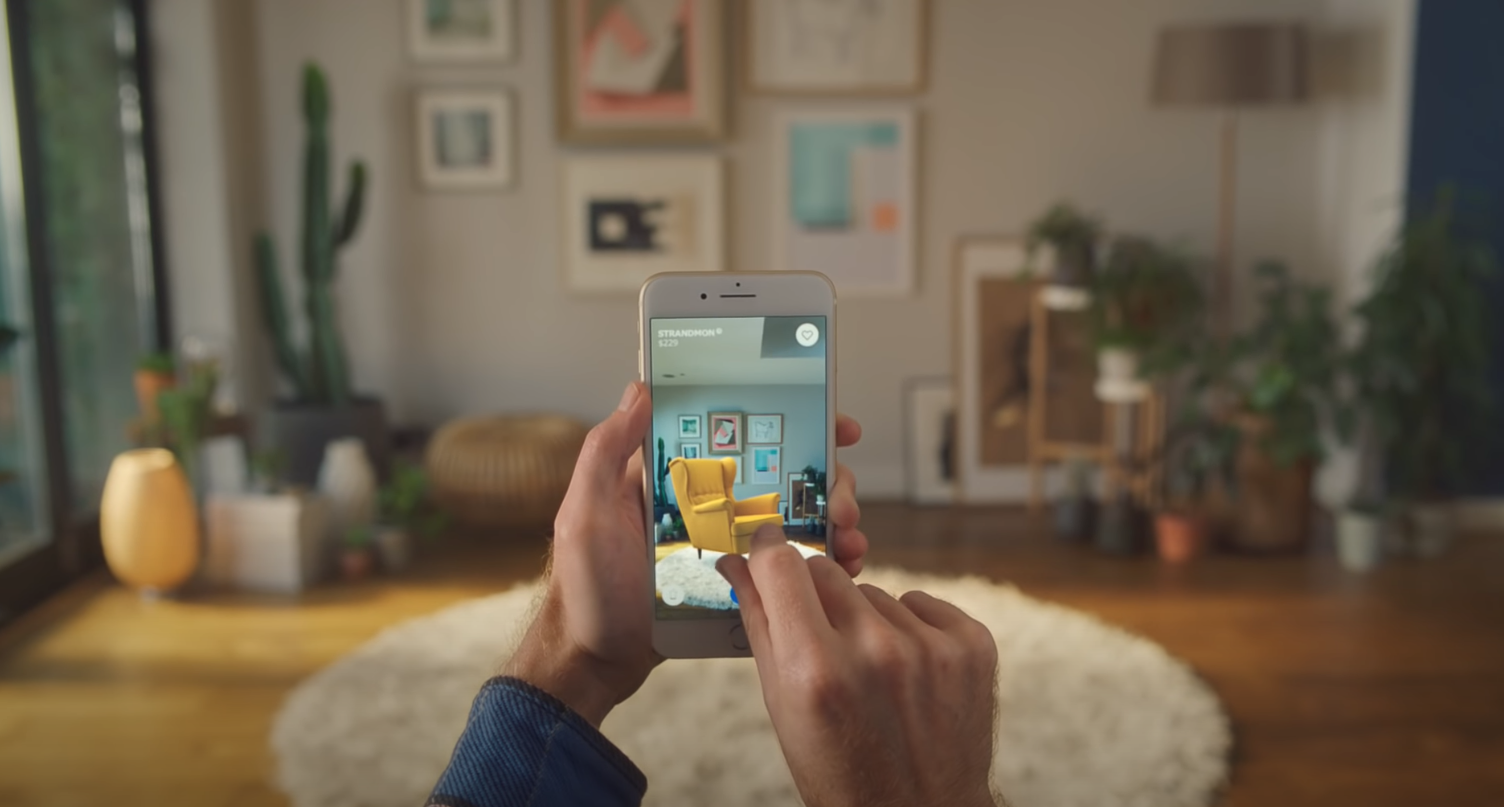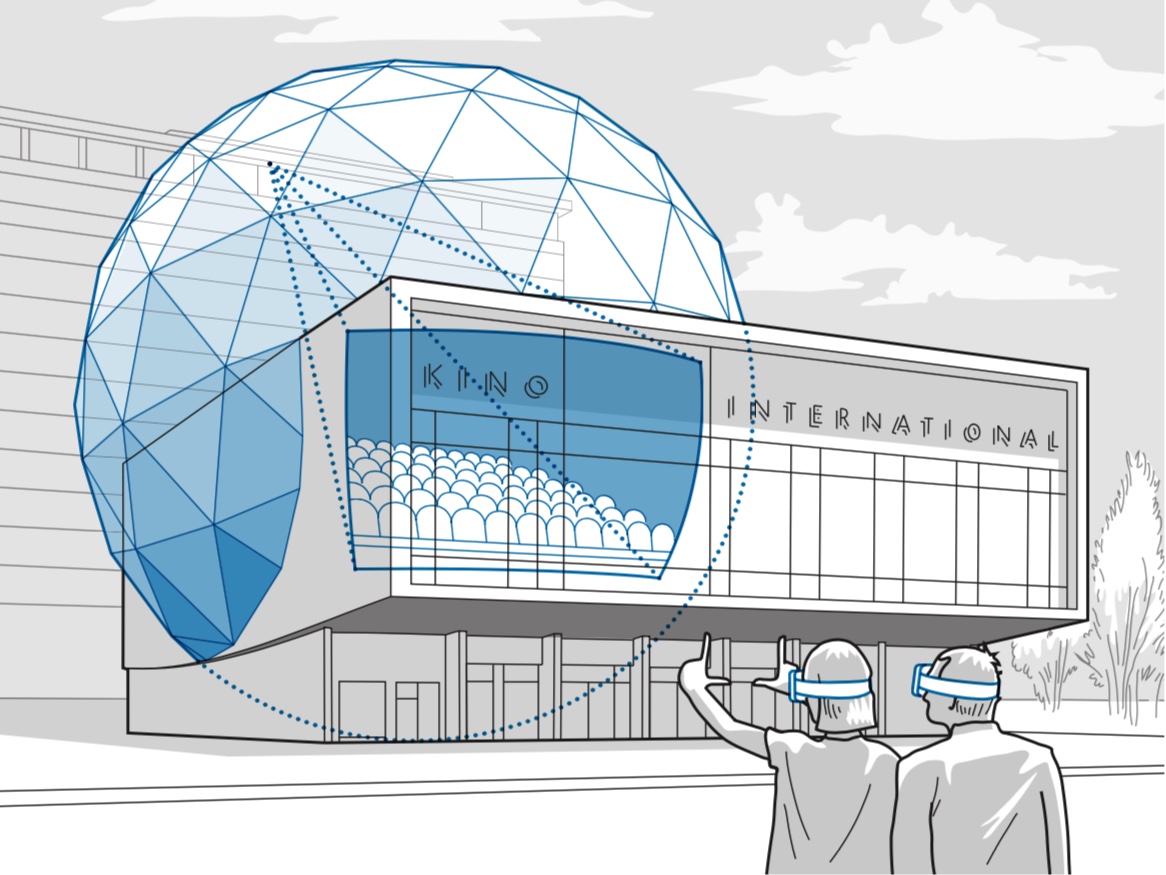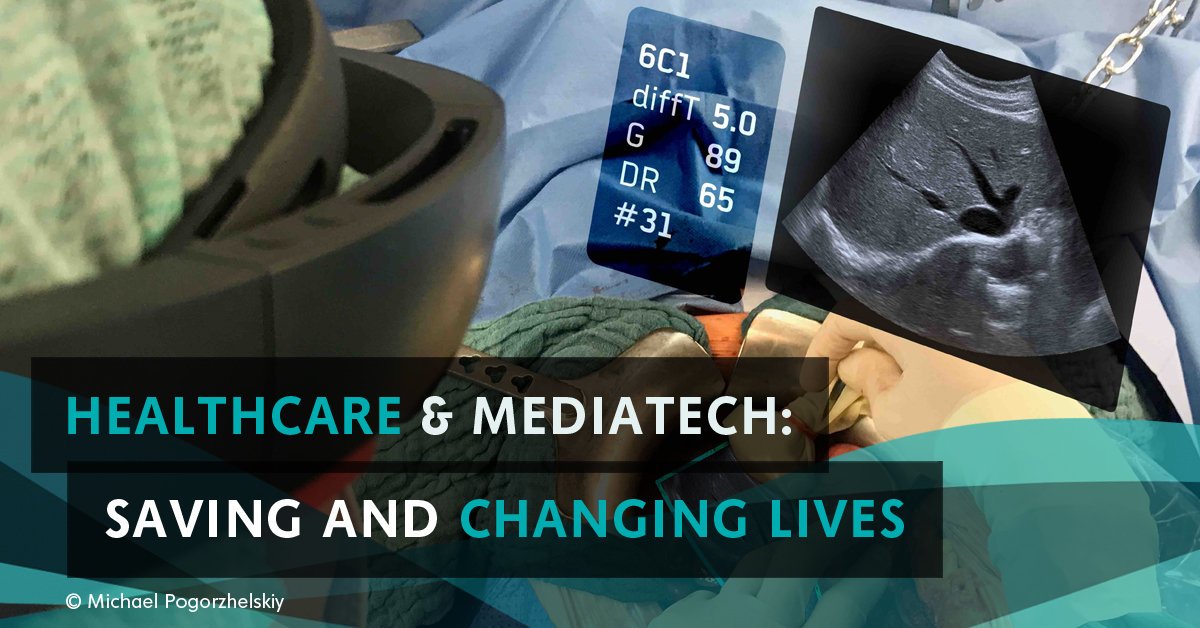Unser Band Adaptivität ist gedruckt und online!
Er erscheint als erster Band der Schriftenreihe Begriffe des digitalen Bildes. Der Band skizziert anhand konkreter Fallbeispiele eine neue Art von Bildern und soll deutlich machen, wo und in welchem Umfang ‚adaptive Bilder‘ bereits in unseren technisierten Alltag und unsere Arbeitswelt eingedrungen sind.
Abstract: Das digitale Bild wird adaptiv: In portablen Medien und interaktiven Anwendungen wird zunehmend Prozessor- und Sensortechnik verbaut, die es ermöglicht, Bilder an ihre Umwelt anzupassen und dabei auf Eingaben und Situationen in Echtzeit zu reagieren. Bild, Körper und Raum werden miteinander verschaltet und synchronisiert, mit langfristigen Folgen für die menschliche Wahrnehmung, für Handlungen und Entscheidungen. Die erweiterten Möglichkeiten bedingen neue Abhängigkeiten von Technologien und von den ästhetischen und operativen Vorgaben jener, die diese Technologien gestalten und bereitstellen.
Der Band erscheint in der Reihe Begriffe des digitalen Bildes des DFG-Schwerpunktprogramms Das digitale Bild und wird von Hubertus Kohle und Hubert Locher herausgegeben. Das Programm untersucht von einem multiperspektivischen Standpunkt aus die zentrale Rolle, die dem Bild im komplexen Prozess der Digitalisie- rung des Wissens zukommt. In einem deutschlandweiten Verbund soll dabei eine neue Theorie und Praxis computerbasierter Bildwelten erarbeitet werden.
- Angaben: Bruhn M., Friedrich K., Kähny L., Queisner M.: Adaptivität. Begriffe des digitalen Bildes. Hildesheim, München: Georg Olms Verlag, Universitätsbibliothek LMU München, 2021.
- DOI: 10.5282/ubm/epub.76331 (Open Access), kostenloser Download (PDF)
- ISBN: 978-3-487-16053-5 (Druckversion bestellen)
- Tags: #adaptivebilder #adaptiveimaging #adaptivity #dasdigitalebild #thedigitalimage
- Illustrationen: Josephine Rais

